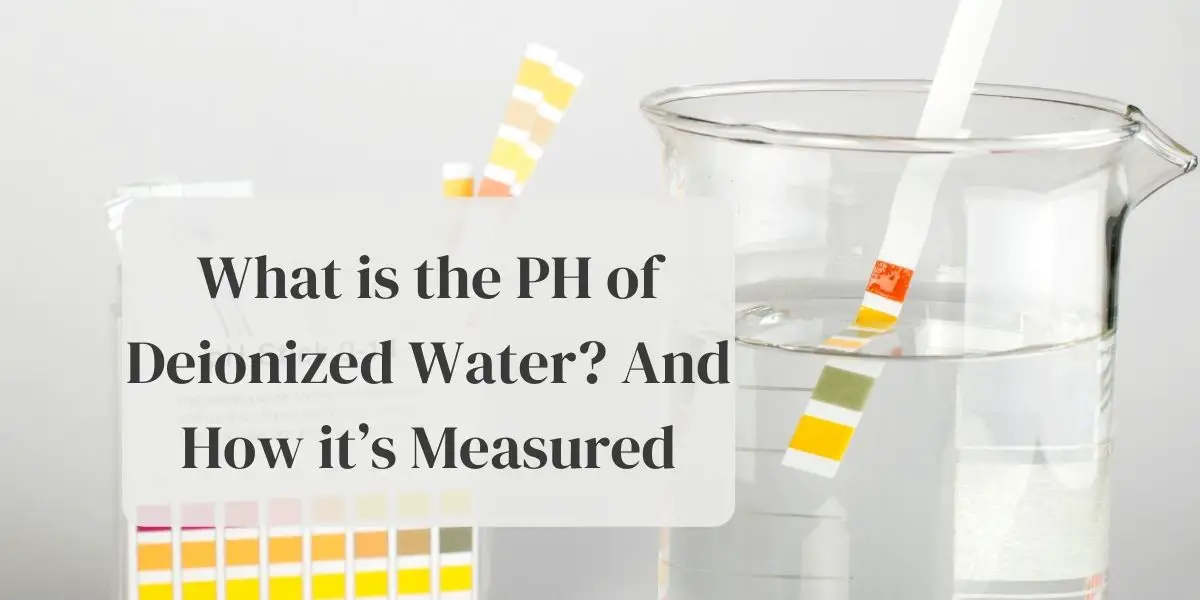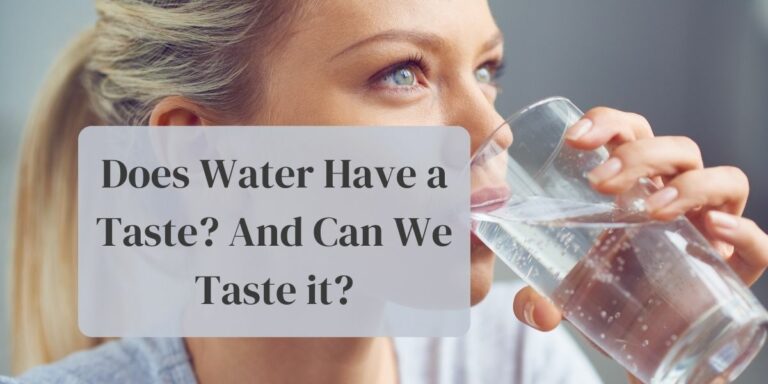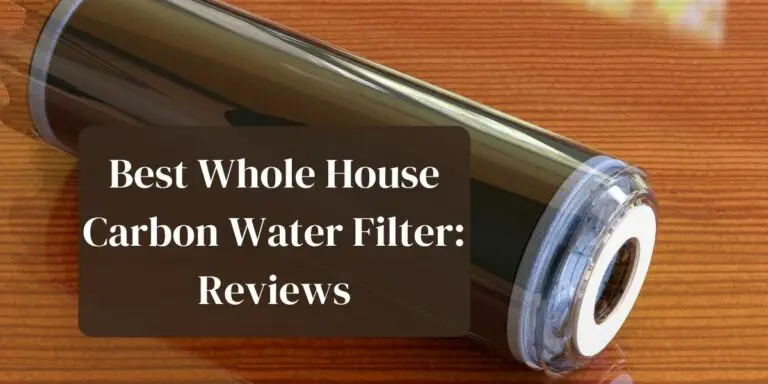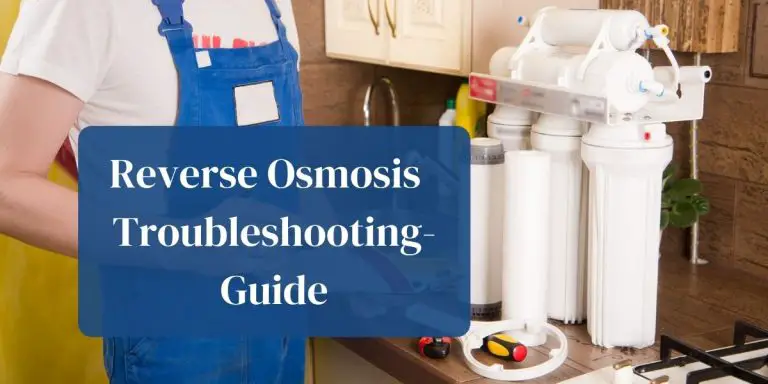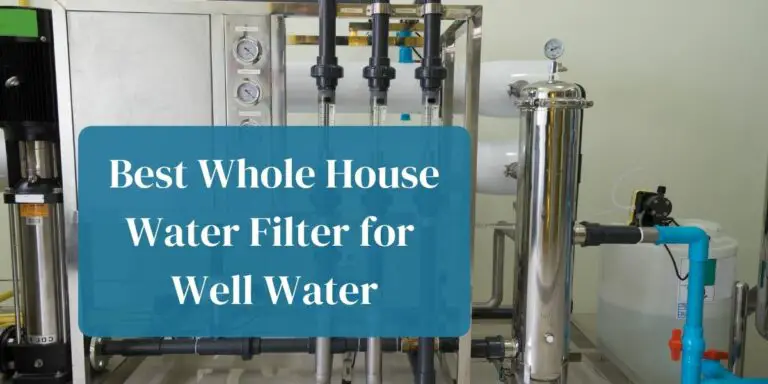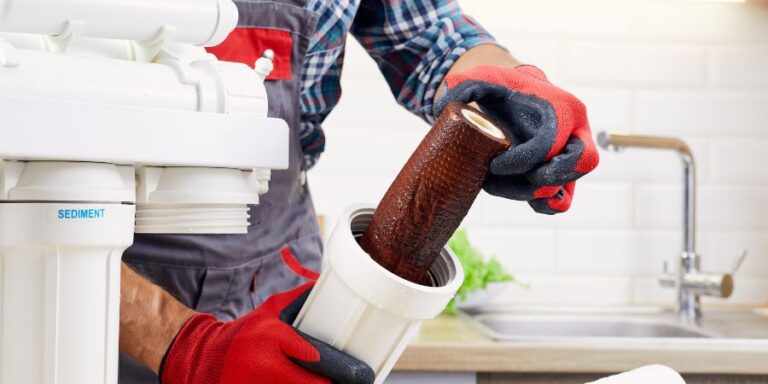Deionized water is the one processed by your RO filters. It tries to neutralize your drinking water.
Demands for pure neutral water is increasing because of excess minerals in tap water. These excess minerals are not required by the body and creates an acidic environment.
Reverse Osmosis – RO – maintains the amount of minerals and balances the pH of H2O.
pH stands for “power of hydrogen”. Did you notice a capital “H” in H2O? Most of the acid – base science is concentrated just there.
The pH scale – ranging from 0 – 14 actually indicates the concentration of hydrogen ions. 0 is highly acidic. As the numbers increase the acidity decreases finally reaching 7 which is neutral. From 8 to 14 alkaline values are determined.
Lesser hydrogen ions will give you an increased number in the pH scale and more ions will decrease the pH values. In simple words – less hydrogen ions means low acidic – and more neutral water.
Now the term “Deionization” should sound familiar to you. Your RO systems – basically decreases the amounts of ions in your drinking water – giving you a neutral?liquid. So yes! Deionized water pH is 7 (neutral).
Today RO systems are widely used to balance water acidity and to decease minerals concentration. You can also distill water – which was the traditional water brewing method. Distilled water will also give you neutral water. However Deionization is more effective and cheaper.
Table of Contents
- Is there a difference between distilled and deionized water?
- Why can you not measure the pH of deionised water?
- What is the pH of Aquafina water?
Is there a difference between distilled and deionized water?
Deionized and distilled water are produced by different methods. However the purpose of both the methods remain same – i.e to purify the liquid to highest standards.
Distilled water can be more pure than Deionized – but it is not just purity which matters for drinking purposes. So regardless of the fact – RO purified deionized water is more healthier.
How is water Deionized?
RO purifiers have a dual purifying process.
Generally water has two kinds of impurities – organic and inorganic. The organics are eliminated via different filtering methods. High quality RO membranes use carbon filters which work best. This is the first step of purification.
After this treatment the machine deionizes the liquids through ion exchange resins. These resins remove all types of ionized salts and minerals from the solution.
The machine has types of resins: cation and anion. Cations attract positive ions and anions attract the negative ones.
This dual filtration process can technically remove all contaminants making drinking water healthier and balanced on charges.
Distilling water
Distillation is the old school method, in which the liquid is first boiled to evaporate and then re-condensed again. Water vapors are collected in sterile containers and then cooled back in these containers itself.
In comparison to the minerals present – water turns into steam pretty quickly. So the minerals (salts and other solid solutes) are left behind in the original container – and pure water vapors collected in isolated containers are again turned back into water.
The resulting water is purer than DI liquid. As almost all the minerals and impurities are removed which are not 100 percent eliminated in the deionization process.
You can repeat the process of distillation to increase the purity of water. Sophisticated distillation techniques can eliminate even the volatile solutes resulting in extreme pure chemically bonded hydrogen and oxygen with no foreign elements.
If we strictly observe the pH of both kinds – then both should be exactly 7 (neutral). But there is more than acid levels when talking about drinking waters.
Your body wants some essential minerals. And this is why DI wins over distillation regarding drinking purposes. A RO machine adds back essential minerals back into your glass of liquid, which is not possible in distillation.
Distilled water is best used for laboratory experiments and pharmaceutical industries where high purity of water is needed.
The most important reason for preferring deionized water over distilled is however economical. Distillation is a very expensive process and takes a lot of time and effort. You can deionize the same given quantity in one tenths (or even lesser) of cost and labor over distillation process.
Back to pH discussions – check the pH of both waters once. Don’t be surprised to find them below 7! Actually it is theoretical suggestions that the waters should be neutral however experimentally it is very difficult to measure them on a pH indicator.
Also read our guide on making hydrogen water.
Why can you not measure the pH of deionised water?
Generally a 5.8 rating is observed whenever you dip your pH stick in distilled and deionized waters. This means that the water has acids (carbonic) present.
The science is simple. When the water comes in contact with air, (which has carbon dioxide CO2 present) Carbon Dioxide starts dissolving in the liquid. The reaction results in the formation of carbonic acid H2CO3, which lowers the pH. Carbonic acid is the acid present in your soft drink beverages.
Another factor which makes measurements difficult is the temperature of the solution. Different temperatures result in varied readings. Commonly water at higher degrees display lower pH’s. Exact 7 (or slightly less than 7) is generally observed at 25 degrees (Celsius).
So should you check the pH instantly after deionization or distillation? And is it necessary to keep the D.I. and distilled water from being exposed to air (carbon dioxide)?
Even if you try this – you will not see the desired 7. In reality the readings on the meter fluctuates and does not give exact values.
The electrodes of a pH meter calculate ion concentration of a solution to evaluate pH power. However as deionization is removing ions – the solution does not have enough ions for the electrodes to function. This is the reason for the fluctuations.
In lab experiments deionized and distilled water bottle is closed with a special tube which has an expansion filled with CaO. CaO inhibits carbon dioxide from dissolving into the bottled water by reacting with it. The waters are carbonic acid free but still they lack ions.
For further calibration purposes and precise pH measurements of distilled deionized waters – Ionic Strength Adjusters are used. A strength adjuster adds extra ions in the water without changing the pH. This gives something for the electrodes and then you can have a reading.
However in regular households we are not going to go through all these hassles. So the basic line is that you will not be able to measure the pH of deionized water accurately. But the water is pretty much less acidic in comparison to tap waters.
Tap waters have enough minerals present to allow a pH electrode to display below 5 levels. Sometimes your coffee cup is less acidic than the water you are drinking!
What is the pH of Aquafina water?
Aquafina is a major brand – advertised as a leading producer of pure water. The brand is owned by PepsiCo and is supplied all over the world. You can even find it in your local gas stations and food courts.
The company claims to tap only pure water which is “neutral” too. However have you ever dipped your pH kits in any of their bottles.
We conducted an experiment ourselves to find out the pH. Aquafina bottle scores a 6.0 in our testing results. Making it as one of the most acidic bottled water out there in the market.
Rumors are that most inexpensive water brands are tap waters and have carbonic acid (or carbon compounds) dissolved. Aquafina is one of them. So is it drinkable or not?
Although the company sources its liquid from tap waters – they have a multi-step filtration process. A rigorous 7-step process filters the water and after several checks and measures the bottles are made available for consumption.
So although a little acidic – but water is definitely safer and healthier than tap waters.
However if you want to go for fresh neutral water – then you may need to shell out some dollars and move from distilled deionized to alkaline waters.
Below is a list of top eight healthy water brands – which you can order for a safe and healthy drink.
- Evian Natural Spring
- Voss Artesian
- Hildon
- Saint Geron
- Gerolsteiner
- Fiji Natural Artesian
- Perrier
- Ferrarelle
The above brands are almost acid (carbon dioxide) free alkaline waters. Evian clocks 7.2 pH, and others are nearer to these figures. Some of the brands also have alkaline minerals and negative oxidation reduction potential (ORP – the ability of water to function as an antioxidant).
Although a little heavy on pockets, alkaline water is scientifically proven to have a lot of health benefits, for example
- boosting immune system
- colon-cleansing and improving bowel activities
- anti-aging properties (via liquid antioxidants that absorb more quickly into the human body)
- detoxifying skin and other skin health enhancements
- weight loss
- cancer prevention.
You can give these brands a try and look if they suit you.

